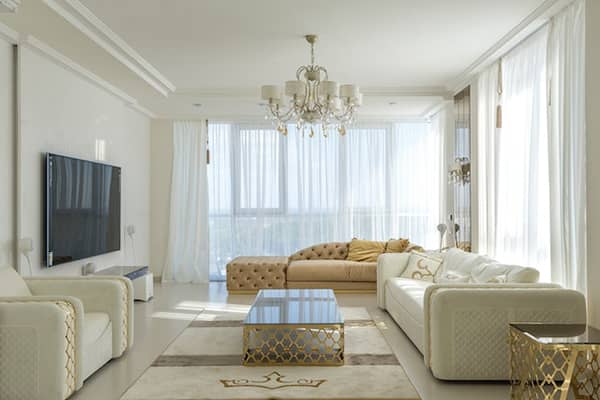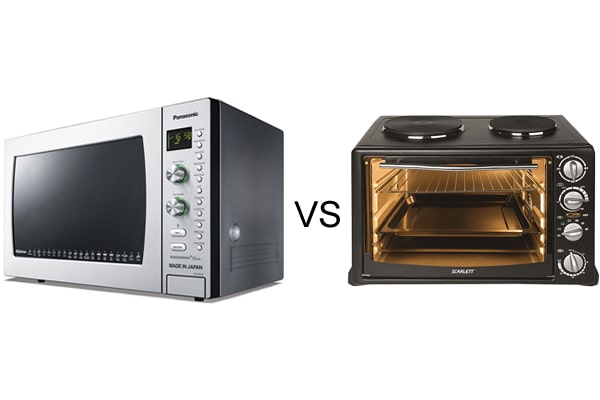Dive into the captivating empire of color theory with our latest blog post, “Blue Vs Indigo: The Colorful Conundrum”. Unravel the mystery that separates the calming aura of blue – a color reminiscent of tranquil seas and clear skies, from the enigmatic indigo – a fusion of blue and purple, reflecting the serenity of a full moon night or the elegance of a violet flower. As we journey from primary to secondary hues, you’ll discover the unique characteristics that make these colors stand out in their own ways. So, join us as we brush strokes on the canvas of understanding, illuminating the intriguing differences between blue and indigo.
Difference Between Blue and Indigo
Introduction to Blue
Blue, a primary and soothing color, is often associated with the tranquility of the sea and the infinity of the sky. Its calming effect on the mind has made it a universal symbol of serenity and stability.
Introduction to Indigo
Indigo, a captivating secondary color, is born from the harmonious blend of blue and purple. Often likened to the magic of a moonlit night or the delicate petals of a violet flower, indigo resonates with deep mystery and allure.
Differences in Code and Value
Understanding the nuances between these two shades begins with an examination of their respective codes and values:
| Color | HEX Code | RGB Value | CMYK Value |
| Blue | #0000FF | RGB(0, 0, 255) | CMYK(100, 100, 0, 0) |
| Indigo | #4B0082 | RGB(75, 0, 130) | CMYK(42, 100, 0, 49) |
Code and Value of Blue
In the RGB color model, blue shines in its purest form with values at (0, 0, 255). It’s a color void of red and green light but abounding in blue light. Blue’s HEX code, #0000FF, mirrors this RGB composition in hexadecimal terms.
Code and Value of Indigo
Indigo, as represented in the RGB model, is a balance of red and blue light with values of (75, 0, 130). The HEX code #4B0082 encapsulates this blending of red and blue. When viewed through the CMYK lens, indigo emerges as a fusion of 42% cyan, 100% magenta, 0% yellow, and 49% black – revealing a richer, darker hue than most blues.
Distinguishing Blue from Indigo
While both colors occupy the blue-violet spectrum, a few key differences can guide you in differentiating them:
- Hue: Blue, a primary color, sits in contrast to indigo’s secondary status, earned by the blend of blue and purple. Indigo therefore projects a deeper blue with a purple undertone.
- Wavelength: Blue’s shorter wavelength results in a brighter appearance and a proximity to green on the spectrum, whereas indigo’s longer wavelength casts it as a darker color leaning towards purple.
- Cultural Context: The perception of indigo as either a distinct color or a shade of blue can vary across cultures. Keeping this cultural context in mind can be crucial in distinguishing between these two hues.
The subtleties between blue and indigo can be elusive, but a careful look at their hue, wavelength, and cultural contexts can enhance your color discernment skills.
Origins of the Names: Blue Vs Indigo
Blue and indigo, though part of the blue-violet family, have distinct roots and cultural histories.
- Blue’s Origin: Stemming from the Old English word “blǣwen,” blue denotes the color of sky and sea. A primary color that can’t be achieved by mixing other shades, blue holds a venerable place in art, fashion, and culture, often evoking feelings of calm, trust, and peace.
- Indigo’s Origin: Indigo is a color born from the union of blue and purple. Its name traces back to the Greek “indikon,” which means “Indian dye.” Historically, indigo was derived from the Indigofera plant and was widely used as a dye in ancient India, Egypt, and China. Indigo was a sought-after luxury item and was synonymous with nobility and wealth.
By exploring the origins, characteristics, and perceptions of these colors, we can better appreciate the nuances and rich diversity of the color spectrum, especially within the blue-violet family.
Comparison Table: Blue vs Indigo
| Aspect | Blue | Indigo |
| Classification | Primary Color | Secondary Color |
| RGB Value | RGB(0, 0, 255) | RGB(75, 0, 130) |
| HEX Code | #0000FF | #4B0082 |
| Color Meaning | Associated with the sky and sea, evokes feelings of calm and tranquility | Associated with the night sky, can evoke a sense of depth and stability |
| Use in Design | Versatile, works well with both bold and muted colors for a variety of moods | Rich and deep, works well with jewel tones for a sophisticated look |
| Cultural Context | Derived from Old English ‘blǣwen’, often symbolizes calmness, trust, and serenity | Derived from Greek ‘indikon’, often associated with luxury and royalty |
Blue Vs Indigo: Matching With Other Colors
When it comes to the art of color coordination, the versatility of blue and the sophistication of indigo offers endless opportunities. Both colors, while closely related, present distinct traits that can enhance the aesthetic appeal of your spaces when paired wisely with other colors.
Matching Blue with Other Colors
The flexibility of blue as a color makes it an appealing choice for many designs. Think of the classic pairing of blue and white. This duo exudes a sense of freshness and timelessness, often finding its place in coastal or nautical-themed designs.
On the more daring side, match blue with its complementary colors on the color wheel, like bold oranges or vibrant yellows. This bold, eye-catching blend is the go-to choice for statement-making designs.
For an atmosphere that whispers tranquility, blue combines seamlessly with other cool colors like green, purple, or gray. The resultant palette creates a relaxing aura that’s perfect for bedrooms, bathrooms, or any space designed for unwinding.
Matching Indigo with Other Colors
Indigo, a shade resonating with richness and luxury, demands colors that complement its deep and intense tones. The classic combination of indigo and white crafts a crisp, modern look suitable for contemporary interiors, creating a chic, refined atmosphere in living or dining areas.
When matched with jewel tones like emerald green, ruby red, or sapphire blue, indigo births a luxurious and opulent aura. This pairing offers drama and glamour, becoming a centerpiece in any space.
Pairing indigo with muted cool tones like gray, lavender, or dusty rose can achieve a more subtle, calming look. This pairing conjures up a serene ambiance, making it an ideal choice for spaces meant for relaxation.
Matching Blue and Indigo Together
Matching blue and indigo together unlocks a spectrum of harmonious and visually striking possibilities. One approach is to use a gradient, starting with blue and slowly integrating shades of indigo. This creates a smooth transition between the two colors, allowing them to complement each other perfectly.
Alternatively, consider using blue and indigo in patterns, incorporated through prints or textures. A fabric with a blue and indigo paisley pattern, for instance, could serve as an accent in a room with blue walls. This pairing unifies the design elements, offering a visually balanced and pleasing ambiance.
Whether it’s adding a pop of color to a serene setting or establishing a visually arresting statement piece, the interplay of blue and indigo with other colors provides infinite possibilities for creativity. Embrace the richness and diversity of these two hues and watch as they transform your spaces.
FAQs
Why is indigo considered a secondary color while blue is a primary color?
Indigo is considered a secondary color because it’s created by combining two primary colors – blue and violet. On the other hand, blue is a primary color because it’s one of the basic colors that can’t be created by mixing other colors.
Are there specific feelings or emotions associated with the color indigo?
Yes, indigo often evokes feelings of depth, wisdom, and peace. Its association with the night sky can also create a sense of mystery and exploration.
Can the human eye easily differentiate between blue and indigo?
It can be challenging for the human eye to distinguish between blue and indigo, especially under different lighting conditions. However, typically indigo appears as a darker, more violet shade of blue.
Why are the RGB and HEX values important in differentiating colors like blue and indigo?
RGB and HEX codes provide exact digital representations of colors. They’re essential for ensuring consistency in digital design and printing processes, helping differentiate between similar colors like blue and indigo.
Is it possible to pair both blue and indigo with warmer colors?
Absolutely! Blue and indigo can both create striking contrasts when paired with warmer colors. For instance, blue pairs well with oranges and yellows, while indigo can be paired with deep reds and golds to create an opulent and dramatic look.
Are blue and indigo common in certain types of design or cultural contexts?
Yes, blue is often used in design themes that aim to evoke calmness, like coastal or spa themes. Indigo, with its deeper and more luxurious feel, is commonly found in sophisticated and modern designs. In terms of cultural context, blue’s meaning can vary widely, but it’s often associated with peace and trust. Indigo, historically linked to luxury and royalty, can signify wisdom or spiritual insight in some cultures.





